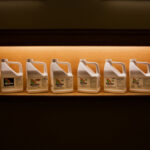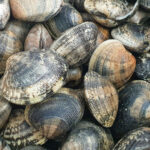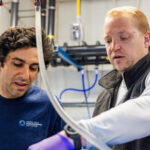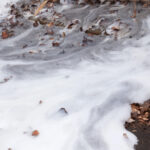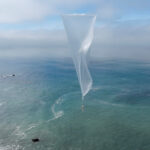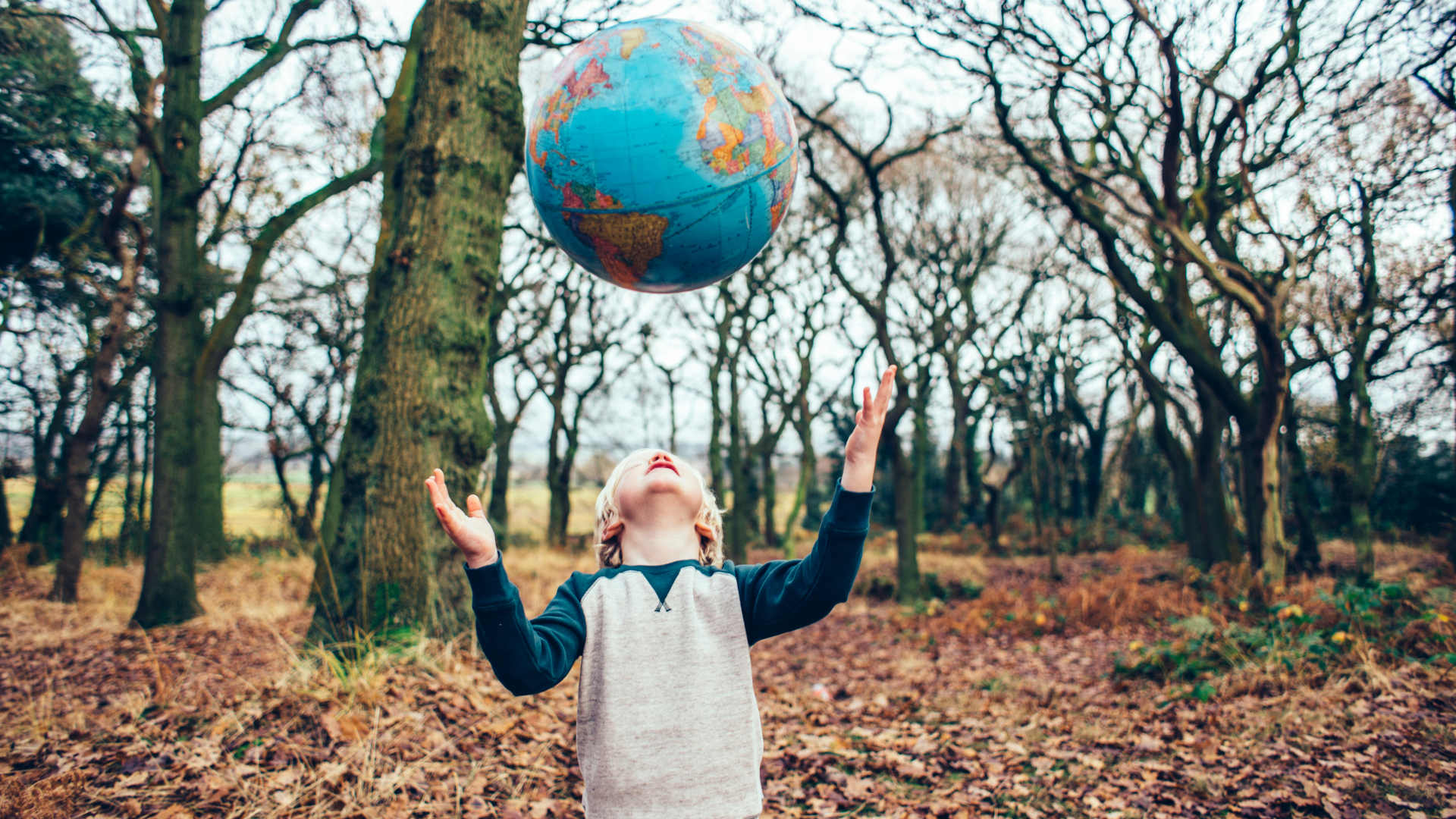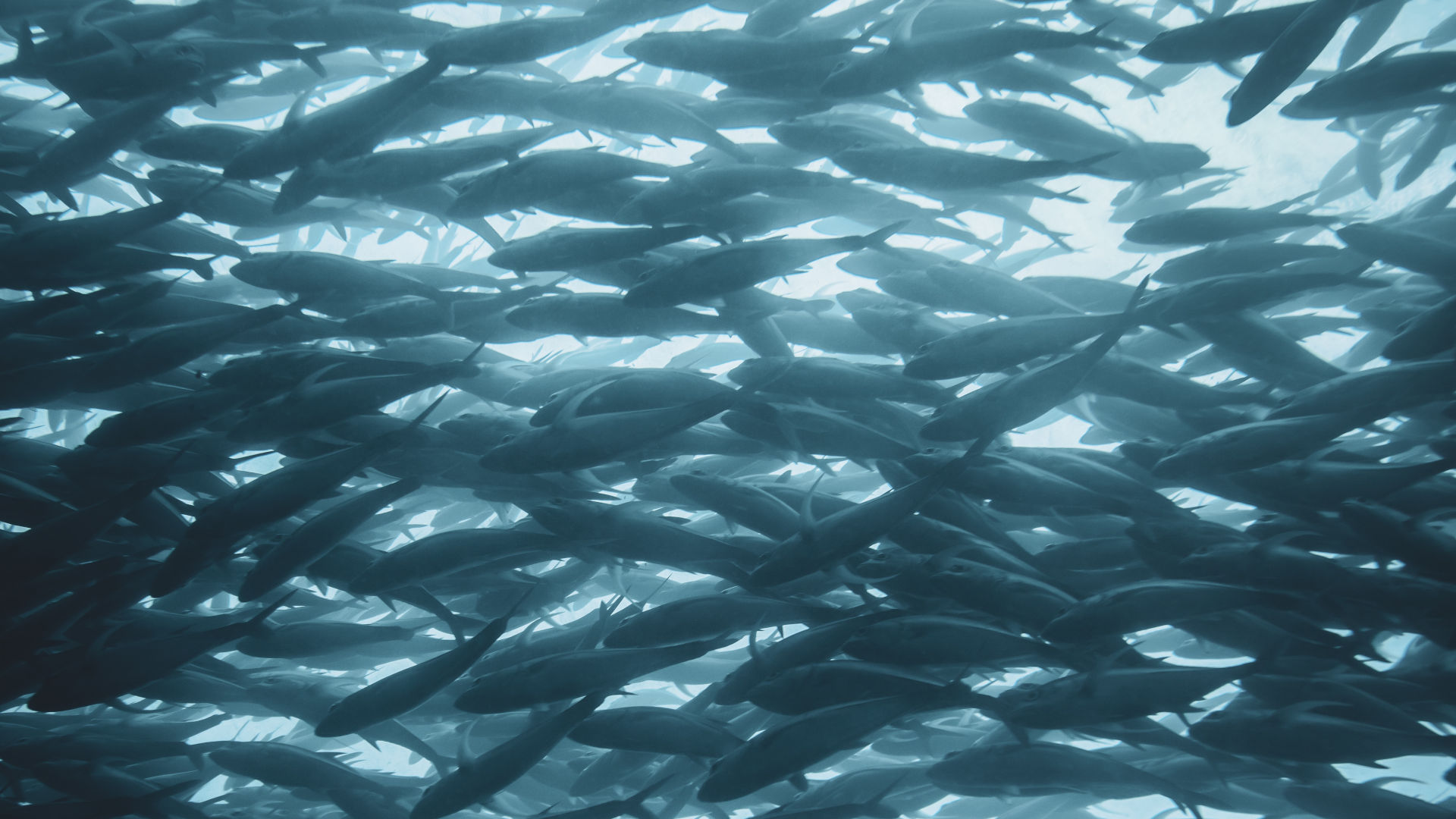Peter Godfrey-Smith does not use the word miracle in the title of his ambitious new book, “Living on Earth: Forest, Corals, Consciousness and the Making of the World,” but there is scarcely a page that does not recount one. His subject is the astounding creativity of life, not just to evolve ever-new forms, but to continually remake the planet that hosts it.
Godfrey-Smith, a professor in the School of History and Philosophy of Science at the University of Sydney, moves dizzyingly from the latest developments in neurology to the nature of human language and of consciousness itself. The core story traces life’s epic journey from cyanobacteria, which were amongst the first photosynthesizing plants, to increasingly complex multicellular plants, which contributed to creating an oxygen-rich atmosphere, which in turn paved the way for the evolution of oxygen breathing animals like ourselves.
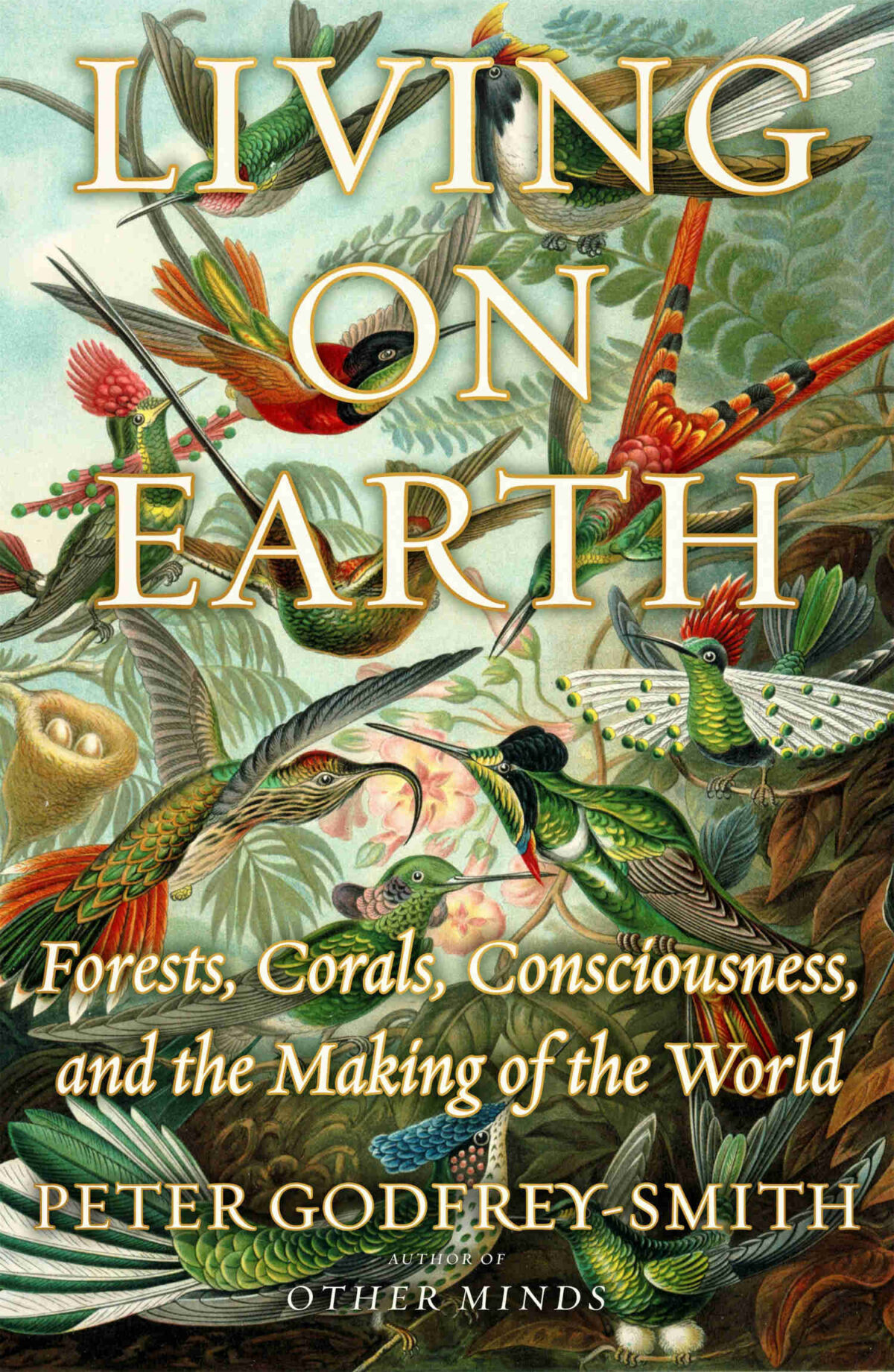
BOOK REVIEW — “Living on Earth: Forests, Corals, Consciousness, and the Making of the World,” by Peter Godfrey-Smith (Farrar, Straus and Giroux, 336 pages).
It is “a history of organisms as causes, rather than evolutionary products,” he writes, presenting “a dynamic picture of the Earth, a picture of an Earth continually changing because of what living things do.”
Homo sapiens, relative latecomers to life’s party, are only the latest in a long line of species that have cleverly engineered the environment to meet their own needs. Think coral-building polyps, photosynthesizing plants, and soil-stabilizing trees. The ratios of gases in the atmosphere, global weather patterns, the very forms of the landscapes that surround us, are all transformed by life and transform life in a never-ending cycle.
Moreover, thanks to photosynthesizing plants, “the sheer amount of energy present on a living planet is greater than on a dead one, as energy has been converted and held,” he writes. “This feeds not only living activity, but geological cycles and processes as well. Life starts storing the sun and everything is affected.”
Godfrey-Smith tells us that this energy is both a blessing and a curse. Thanks to the propulsive power of the accumulated dead bodies of ancient plants and animals in the form of fossil fuels, the life that Earth spawned now ventures into outer space. But the buildup of carbon dioxide in the atmosphere that results from burning of fossil fuels is altering our climate and threatening Earth’s ecology.
Godfrey-Smith presents “a dynamic picture of the Earth, an Earth continually changing because of what living things do.”
For these profound changes in the biosphere, we have consciousness to thank. “Minds are agents of transformation,” according to Godfrey-Smith. What sets humans apart from other species (who are also sentient and capable of “felt experience”) is that we have used consciousness to master advanced technologies, elaborate languages, and complex cultures, which enable us to be active designers of our own futures and the future of the planet.
But humans are not the only ones to transform the world around them. In some of the most memorable passages, Godfrey-Smith, a scuba diver and the author of the 2016 bestseller “Other Minds: The Octopus, the Sea, and the Deep Origins of Consciousness,” writes about how life in the oceans continually engineers its own environment.
We read of the undersea limestone towers called stromatolites (comparable to coral reefs) minutely cobbled together by cyanobacteria to house themselves. Shrimp-like creatures called amphipods build masts on which they perch to reach for food, we are told. Octopuses dolphins, and other sea creatures devise tools out of the raw materials around them.
The book recounts the familiar story of how life moved from the evolution of simple plants in the ocean to complex plants on land to birds, mammals, and finally humans. Later chapters tell how humans have paved over wild habitats, altered the weather, and lorded over our fellow species on factory farms — behavior that imperils the “creative engine” of life on Earth, as he puts it.
“Too much of the world, it seems, has come under human influence during a time when we’re not very good at working out how to exercise this power,” Godfrey-Smith observes. “The portion of Earth occupied by wild nature, its place in the whole, shrinks and recedes.”
Godfrey-Smith argues that we need to preserve and restore wild nature not because it is aesthetically pleasing, and not just because it is an essential part of our own life support system — although it is certainly that. We need to preserve nature out of an ethical awareness of “our material continuity and kinship with the rest of life on Earth,” he writes.
His broader point is that “human action should not be contrasted with ‘nature,’ should not be set against it.” In a world where everything works together in concert as intricately interlinked elements in one vast whole, humans are in no way separate from the life that surrounds us. “You are a living part of a larger system,” Godfrey-Smith writes. Though in his view the Earth itself is not alive, “it is a system in which the nonliving is closely tied to the living. The Earth has been enlivened by its organisms.”
These views recall the Gaia Hypothesis proposed by chemist James Lovelock and evolutionary biologist Lynn Margulis in the 1970s, which portrayed the Earth as a self-regulating, organism-like system that acts to maintain the atmospheric and climatic conditions that life needs.
“We, the world’s living agents, are all here together, as parts of a single system.”
While Godfrey-Smith calls the evidence for Gaia “intriguing to say the least,” he is dubious that the planet is actually a living organism, as some of its more radical proponents have claimed. He says instead that the “Earth-as-organism idea” could be viewed a “metaphor rather than a claim to be taken literally.”
But what exactly is life? The short version, according to the author, is that living beings are discrete “pockets of order” that transmute a source of energy like the sun (plants do this directly, animals indirectly by eating plants) and possess the ability to reproduce and perpetuate their own kind. Still, this bare description begs the question: Why did life arise in the first place?
Godfrey-Smith doesn’t speculate on this metaphysical enigma. What he does say is that the process of energy becoming organisms began on Earth some 3.7 billion years ago, roughly a quarter of the age of the universe itself. And it has been adding successive layers of complexity and sophistication ever since.
“Living on Earth” tells an important cautionary tale for the climate-change era. But the author’s cerebral detours into the minutia of abstract philosophical and scientific arguments can be tedious and hard to follow in places. Thankfully, these rough patches are redeemed (for the less analytically inclined) by a wealth of fascinating detail interspersed with passages of sheer poetry.
We read, for example, that the repetitive two- and three-note cadences of the Crimson Rosella, an Australian parrot, sound as if they are “forever auditioning for a Philip Glass opera.” The mimicry of lyrebirds is uncannily precise, almost “too ‘formal’ — like an operatic soprano too carefully singing a folk song.” The author watches cuttlefish “jetting backward like a relaxed and eccentric missile.”
“We, the world’s living agents, are all here together, as parts of a single system,” Godfrey-Smith argues, summing up the thesis of this difficult but rewarding book. The reader is left hoping that we humans can finally come to grasp this central fact before it is too late.
Richard Schiffman is an environmental reporter and author based in New York City. His work has appeared in The New York Times, The Atlantic, and National Geographic, among other outlets.


